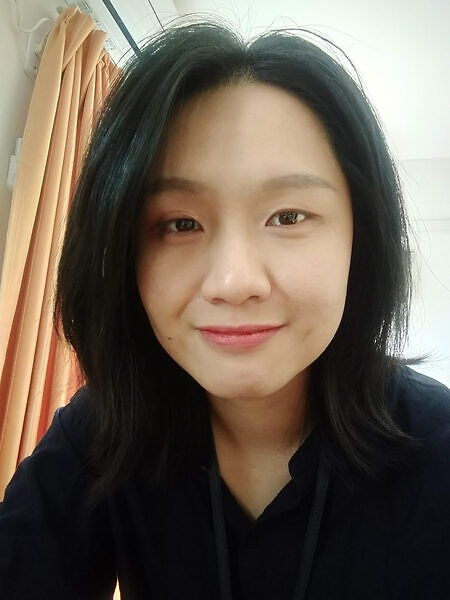[Seminar] "Phospholipid Dependency in Buchnera-Aphid Symbiosis: A Bioinformatics and Biochemical Perspective" by Dr. Kathrine Tan

Date
Location
Description
Speaker: Dr. Kathrine Tan, Laboratory of Evolutionary Genomics, National Institute for Basic Biology (NIBB) [website]
Title: Phospholipid Dependency in Buchnera-Aphid Symbiosis: A Bioinformatics and Biochemical Perspective
Abstract:
Symbiosis, a prevalent phenomenon in nature, involves mutually beneficial relationships that enhance survival and enable the acquisition of new physiological functions in the organisms involved. The pea aphid (Acyrthosiphon pisum) and its endosymbiont Buchnera aphidicola exemplify such a relationship, with Buchnera providing essential amino acids in exchange for nonessential amino acids and other nutrients, including lipids, from the aphid host. Several pieces of evidence suggest that Buchnera incorporates host-derived eukaryotic phospholipids. First, lipidomic analysis using LC-MS/MS revealed that Buchnera shares a strikingly similar lipid profile with aphid tissues, including cholesterol, phosphatidylcholine and phosphatidylinositol, which are typically absent in prokaryotes. Second, RNA-seq of bacteriocytes, the Buchnera-housing cells, showed upregulation of lipid transport and metabolism genes, including those linked to acetyl-CoA transport, a precursor for fatty acid synthesis. Interestingly, Buchnera has a streamlined genome, losing almost all the genes related to phospholipid synthesis yet retains the cardiolipin synthase (cls) gene, raising questions about the functionality of the gene. To inspect the functional role of the cls gene, I developed a novel in vivo gene interference method using antisense peptide nucleic acids (PNAs) conjugated with cell-penetrating peptides (CPP). Targeting Buchnera's groEL and cls genes via microinjection resulted in significant gene downregulation, Buchnera cell loss, and severe morphological distortions. Notably, interference with cls led to decreased aphid fecundity and an unexpected localization of Buchnera cells into the aphid gut, outside their typical intracellular niche in bacteriocytes. By integrating lipidomics, transcriptomics, and gene interference, this work advances our understanding of host-microbe interactions and unveils the previously unexplored functional significance of the cls gene in Buchnera.
Subscribe to the OIST Calendar: Right-click to download, then open in your calendar application.



